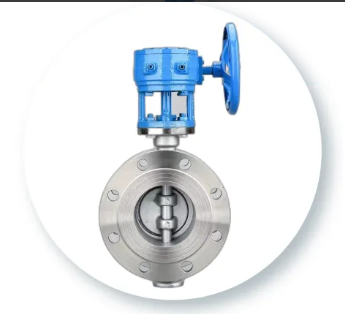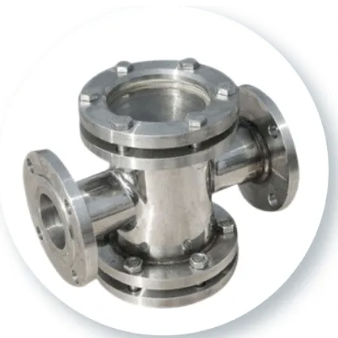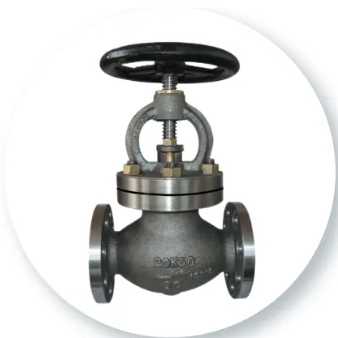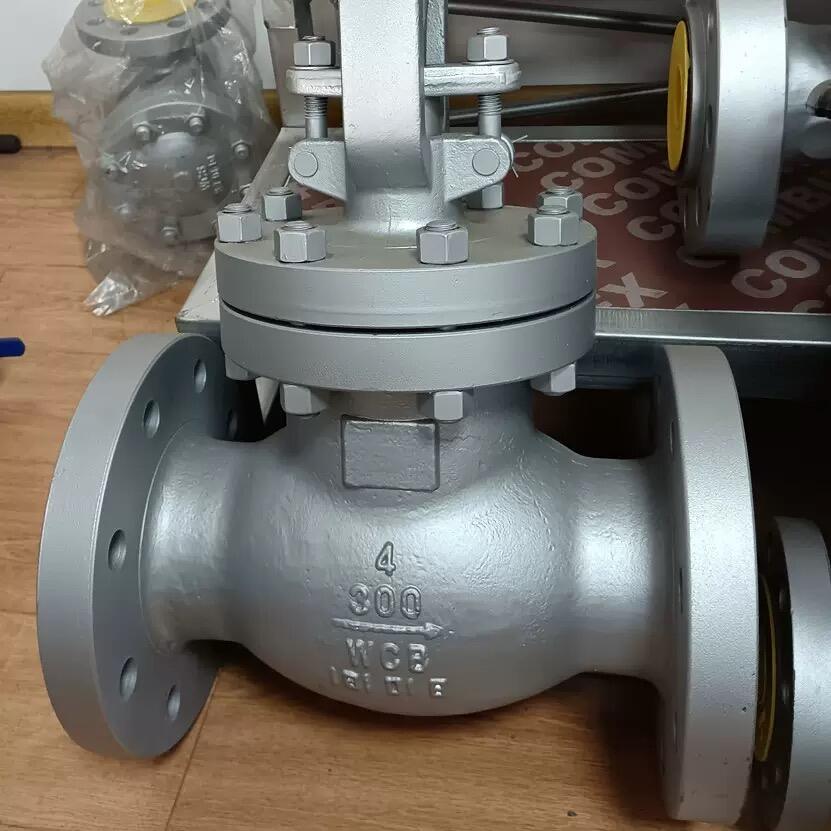
Кіріспе: Патылық құрастырудың негізгі принциптері Патылықтар өнеркәсіптік жүйелерде сұйықтықтардың қозғалысын басқаруда маңызды рөл атқарады. Бұл арматура операторларға түтік жүйесі арқылы сұйықты тоқтату немесе өткізу мүмкіндігін береді...
КӨБІРЕК ҚАРАУ
Беріктік пен ұзақ өмір сүру: Шынының өмір сүру ұзақтығына әсер ететін материалдың әсері Үйкеліс пен соққыға төзімділік: Алдыңғы шарықтау Қарсы тұру Қарсы тұру Шынының дұрыс материалды таңдау оның сызылудан және басқа механикалық әсерлерден қаншалықты төзімді болатындығын анықтайды...
КӨБІРЕК ҚАРАУ
Жоғары қысымды жүйелердегі Патрубок клапаны материалдарын таңдауға кіріспе Клапандардың өнімділігіндегі материалдардың рөлі Патрубок клапандарын жасауға қандай материалдар қолданылатыны олардың өнімділігі мен ұзақ өмір сүруінде айтарлықтай айырмашылық жасайды, сонымен қатар жүйеде...
КӨБІРЕК ҚАРАУ
Кіріспе: Қарсылау әйнектерінің қолданылуына шолу. Қарсылау әйнектері дегеніміз не және олардың негізгі қызметтері қандай? Қарсылау әйнектерін басқа да атаулармен атайды - кейде оларды қарастыру терезесі немесе қарастыру порттары деп атайды - бірақ қалай аталса да, бұл заттар өндірісте өте маңызды орын алады...
КӨБІРЕК ҚАРАУ
Кіріспе - бақылау жүйелеріндегі көру әйнектерінің маңызы Көру әйнектері әртүрлі өнеркәсіп салаларындағы бақылау жүйелерінде маңызды рөл атқарады. Олар сұйықтардың ішінде не болып жатқанын, олардың қаншалықты екенін көруге мүмкіндік береді...
КӨБІРЕК ҚАРАУ
Төмен температуралы глобальді клапандардың талаптарын түсіну. Криогенді қолданбалар үшін негізгі конструкциялық ерекшеліктер. Криогенді глобальді клапандар криогенді температураға дейін -196°C дейінгі температурада жұмыс істеу үшін жасалған, сондықтан назар...
КӨБІРЕК ҚАРАУ
Төмен температуралық шарвальдық крандарды суреттеу: Дефиниция және негізгі функциялар. Төмен температуралық шарвальдық кран. Төмен температуралық шарвальдық крандар - төмен температураларда суықтардың жылжымасын басқару үшін максаттағы дизайн...
КӨБІРЕК ҚАРАУ
Төменгі температура реттеуші клапанның негізін түсінуҚоршаған ортаның төменгі температурасы клапандардың (CV) әрекет етуіне, әсіресе жауапкершілігі мен ...
КӨБІРЕК ҚАРАУ
Төменгі температура реттеуші клапанның қолданылуын түсінуТөменгі температура клапандарын қажет ететін негізгі салаларКриогендік реттеуші клапандар өте суық температураны басқарумен айналысатын көптеген қолданыстарда маңызды. Негізгілері: LNG (Сұй...
КӨБІРЕК ҚАРАУ
Төмен температура басқару клапандары қалай жұмыс істеу бүтіндігін сақтайды Криогенді ортада термиялық қысу басқаруы Криогенді жағдайда жүйелерді дұрыс жұмыс істеуін қамтамасыз ету үшін экстремалды суыққа ұшыраған кезде материалдардың жиырылуын басқару керек...
КӨБІРЕК ҚАРАУ
Өнеркәсіптік қолданыстағы шардың негізгі артықшылықтары. Қысымның аз құлауымен ағынды бақылау. Шарлар сұйықтық ағынын бақылаудың жақсы әдісі болып табылады. Олардың конструкциясы сұйықтық үшін түзу жол ашады, бұл ағын ...
КӨБІРЕК ҚАРАУ
Қақпақтың жанартауын анықтау және шешу. Қақпақтар әртүрлі себептермен ағып кетеді. Негізгілеріне дұрыс орнату практикасы, жасқа байланысты табиғи тозу және қатал жұмыс ортасы жатады. Қарай отыр...
КӨБІРЕК ҚАРАУ